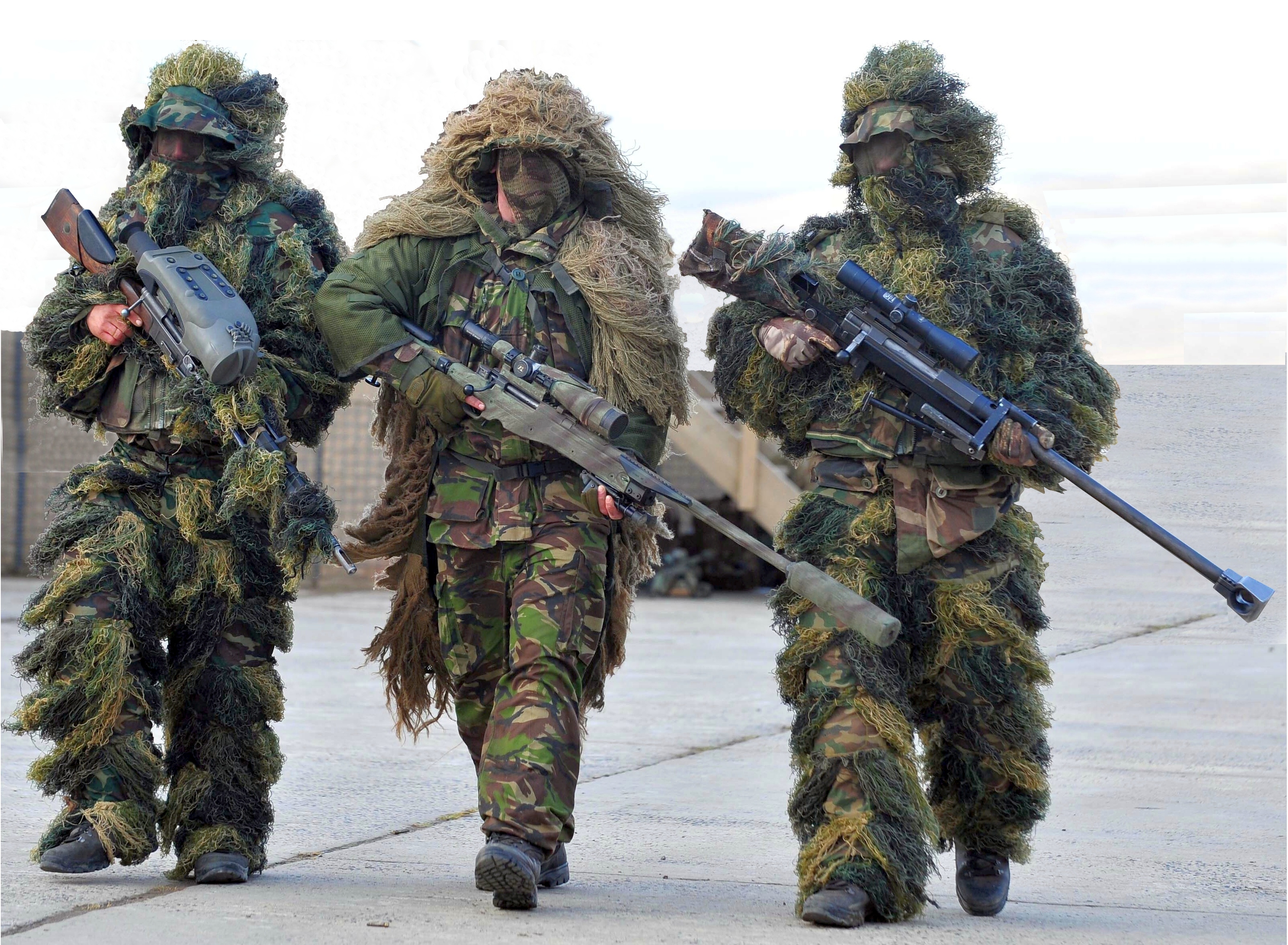The Ultimate Guide to Long Range Rifle Marksmanship in Minutes of Angle
- Introduction to Long Range Shooting
- Understanding MOA (Minute Of Angle)
- Firearm and Ammunition Basics
- Long Range Shooting Techniques
- Environmental Factors & Shooting Adjustments
- Field Techniques
- Advanced MOA Applications
- Sniper Techniques and Skills
- Preparation and Training Tips
- Ethical Issues in Long Range Shooting
Sniper Techniques and Skills
Sniper Shooting Techniques

Highly trained marksman.
Sniping is a specialized skill that requires precision, patience, and a deep understanding of various shooting techniques. This article will delve into the unique shooting techniques employed by professional snipers, providing a comprehensive guide for those interested in mastering the art of long-range shooting.
Breath Control Technique
One of the most critical aspects of sniper shooting is breath control. Proper breathing can significantly impact the stability of the rifle and, consequently, the accuracy of the shot. Snipers typically use a technique known as the "natural respiratory pause." This technique involves taking a deep breath, exhaling halfway, and then holding the breath while taking the shot. This pause creates a moment of maximum stability, allowing for a more accurate shot.
Trigger Control Technique
Trigger control is another crucial aspect of sniper shooting. The goal is to squeeze the trigger smoothly and steadily to avoid disturbing the aim of the rifle. Snipers often use the pad of their index finger, applying steady pressure until the shot fires. It's important to maintain this pressure even after the shot, a practice known as follow-through.
Follow-Through and Call the Shot Technique
Follow-through is the act of maintaining aim and trigger control even after the shot has been fired. This technique ensures that any minor movements do not affect the bullet's trajectory as it leaves the barrel.
"Calling the shot" is a technique where the sniper predicts where the shot will hit based on the sight picture at the exact moment the rifle fires. This technique helps snipers make necessary adjustments for subsequent shots.
Use of Bipods, Tripods, and Other Support Equipment
Snipers often use support equipment like bipods and tripods to stabilize their rifles, especially for long-range shots. These tools reduce the strain on the shooter and increase accuracy by providing a steady shooting platform.
Choosing the right equipment depends on the shooting environment and the sniper's personal preference. For instance, bipods are lightweight and ideal for prone shooting, while tripods offer more stability and flexibility but are heavier and more cumbersome.
In conclusion, mastering sniper shooting techniques requires practice and a deep understanding of the principles behind each technique. Breath control, trigger control, follow-through, and the use of support equipment all play crucial roles in ensuring accurate, precise shots. By understanding and applying these techniques, one can significantly improve their long-range shooting skills.